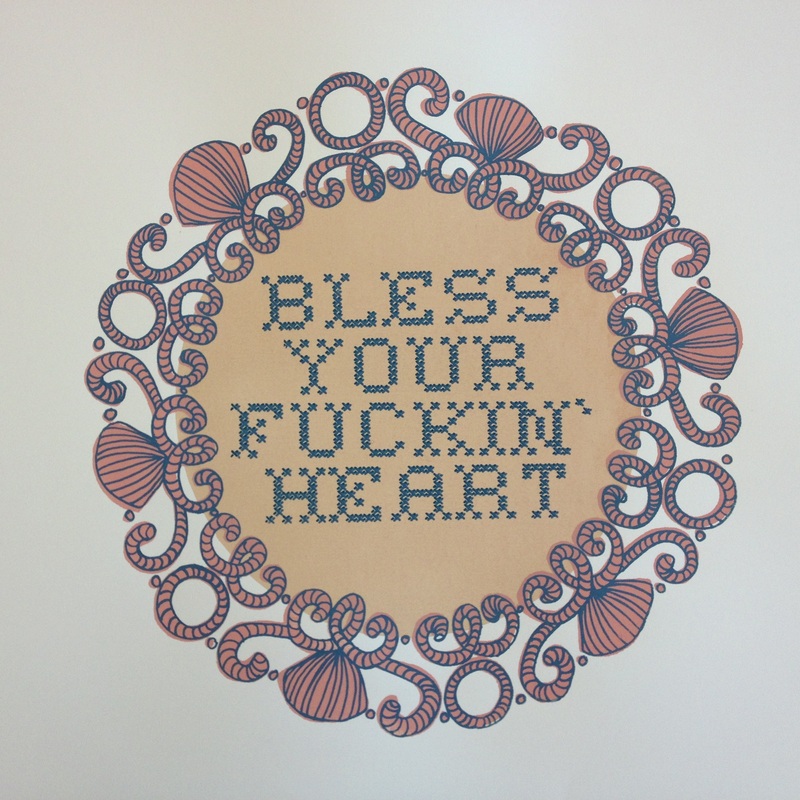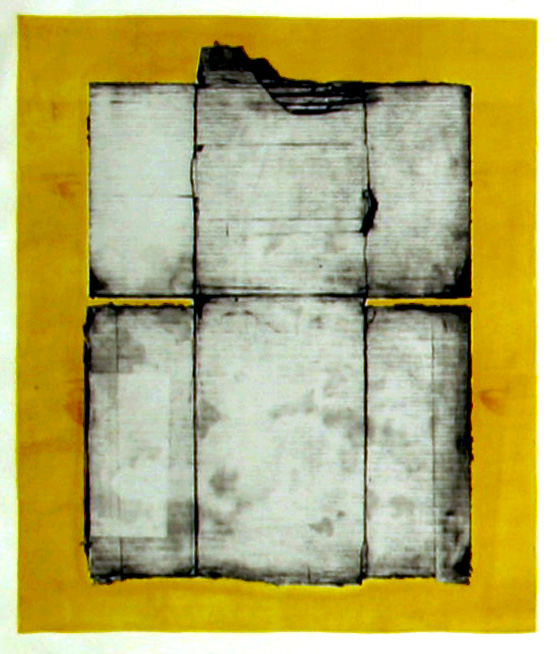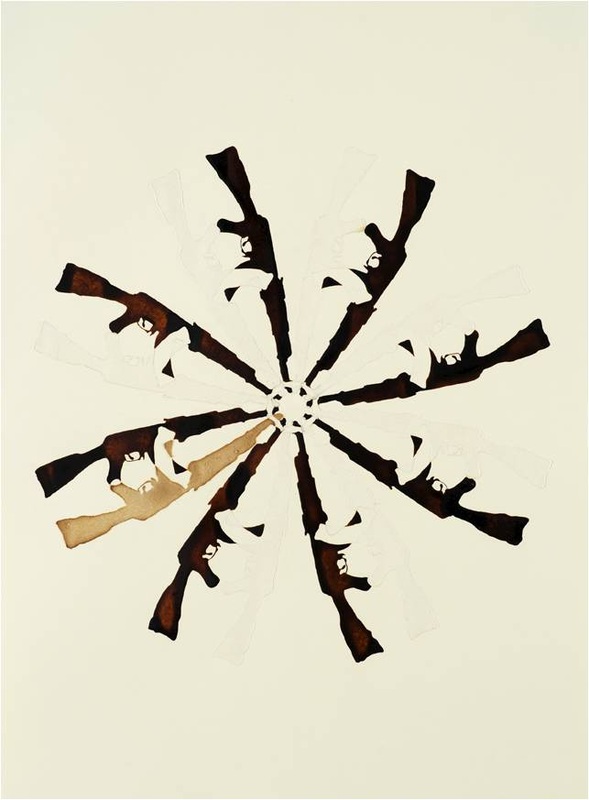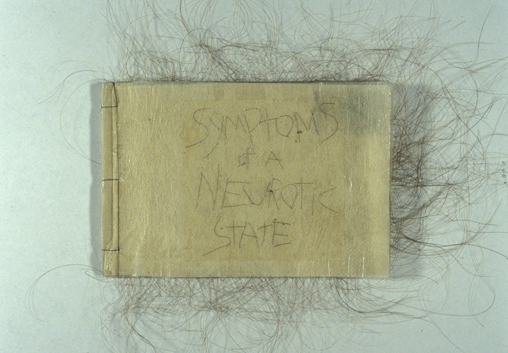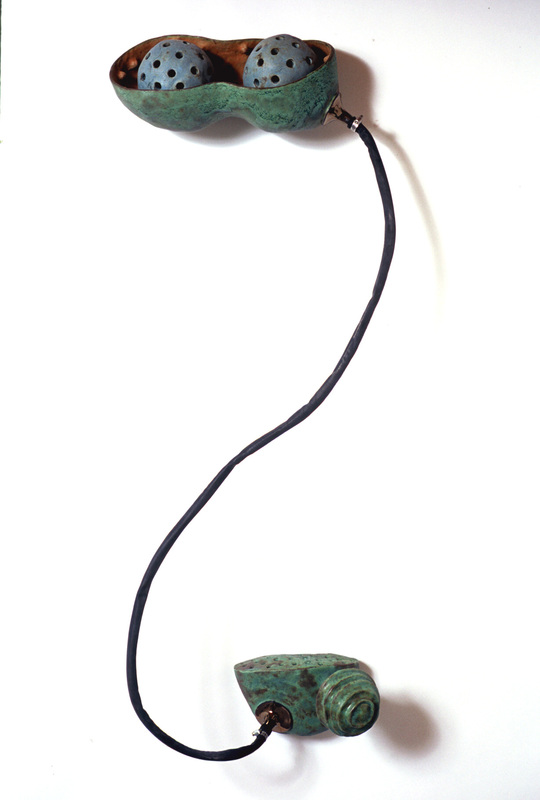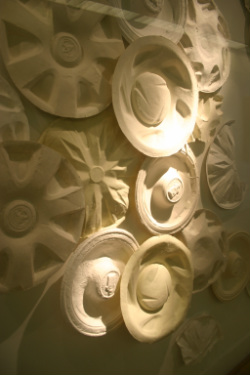pedagogical statement
Empty heads, many voices. No rules, only choices.- Eric Fischl
|
|
Every semester, on the first day of class, I write the above statement on the white board to introduce my introductory classes. I tell my students that they really already know a lot about visual information, but that we are going to “bring it to their fore-brain” so that they are more able to consciously build on their existing knowledge. This begins a process of validating visual and haptic modes of communication that have often been left dormant in the repertoire of skills for learning and conveying ideas. I am asking students to build a working understanding of visual language and visual ideas. This can be a daunting task. While students understand and are adept at handling academic course work (they have been gradually training for the primarily text-based mode of college study throughout their primary and secondary school lives), most college students' artistic study and skill development has been arrested at about a fifth grade level. Despite the fact that we live in a world of visually communicated messages, the curriculum in which children acquire the skills to shape their lives patently disregards visual communication in general. This handicap is magnified in the university context where the standard model for academic study does not easily apply to the practice of art.
Yet, despite these challenges, I find many rewards teaching art in the liberal arts context. To be interested in the world on many levels is an essential component for the contemporary artist. The powerful exchange of ideas at the research institution provides a complexity and nuance of thought that serves the artist well. In the long run, a good artist is not someone with impressive sleight of hand, but someone whose ideas are effectively conveyed by their virtuosity. My aim is to open student’s eyes and to trust their minds and hands to make meaningful visual work. We look at the cultural codedness and contextualization of any choice. How materials, scale, imagery, color, representation and abstraction, or presentation all interpret ideas and convey meaning. The ideas, of course, can be any myriad of things, from socio-political content to issues of the sublime. I urge students to see all parts of their experience as a potential resource for their art-making. Art becomes a site of synthesis that folds an analytic understanding of the world with a subjective response to intellectual ideas and lived experience. In addition to the technical and conceptual content of a course, students must also be taught how to study art. Students must be exposed to and embrace different modes of thinking and working. The visual and haptic ways of knowing that are part of visual disciplines must be consciously confirmed as not only viable but essential approaches to understanding. It is quite difficult for students to put aside the scientific model of analytic inquiry privileged in our society. To paraphrase artist Vernon Fisher, in art, "Truth" is the result of thinking aside or thinking parallel or thinking through analogues rather than as the result of analytical, systematic thinking. I encourage this kind of divergent thinking that purposefully and non-judgmentally explores many possibilities. Imagining the impossible as a way to uncover the possible is the hallmark of creative thinking. Creative inquiry, of course does not stop at thinking. Being attentive to opportunity within process is another manifestation of creative potential. This ‘doing’ requires an openness and sense of play that is essential to art. Iterative making–including things that might be called "failures"– is an essential component of learning. We learn far more having to problem-solve our way to an end-point than if an answer is derived from a formulaic process. This ultimately leads to greater confidence and personal agency. As these possibilities open up, students also have to explore how to bring something to completion. Creative thinking is not necessarily followed by creative action unless the individual has some sense of how to take action. Students must abandon the idea of a "right" or "wrong" answer; they must develop a sense of "appropriate". They must understand the importance of contextuality. I frequently tell my students that studying and making art involves a "conversation" between their intuition and intellect. In building a visual sensitivity, students are urged to name the things that they already know intuitively. The ability to expand their critical toolkits depends upon repeatedly and consistently questioning habitual practices. This conscious work of naming in turn fills the intuitive well. Ultimately, I believe that art is primarily about the definition of self. This definition is not an end in itself, but a means to understanding the world and sharing that understanding. I encourage a consciousness of what it means to be an artist today, by assisting students in finding ways in that they can become significantly involved in art and its making, either by working traditionally and accepting tradition’s discipline or choosing experimental and more individual approaches. I challenge students to discover correspondences between their own experiences and the larger world. It is this expression of individual voices that is the ultimate goal. I subscribe to the notion put forth by Susi Gablik that “vision is a social practice” and that artistic endeavors should be seen “as something we do with others.” To teach, especially at the college level, embraces this idea of a partnership. I am constantly rewarded in my teaching experience. I find very often that the learning that takes place is reciprocal. My students' spirit of discovery never ceases to refresh my own imagination. |
